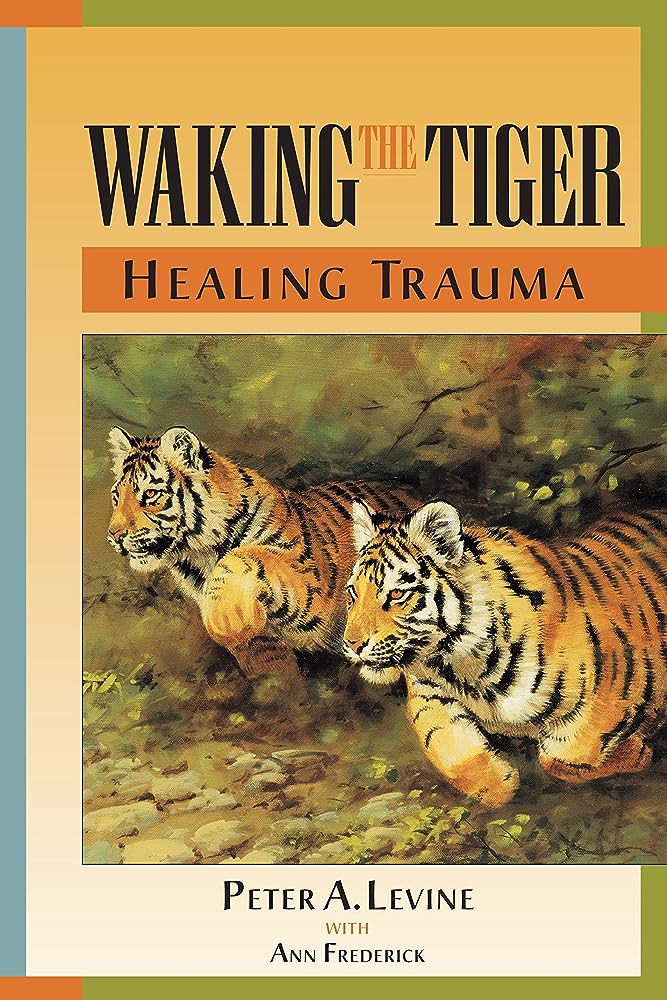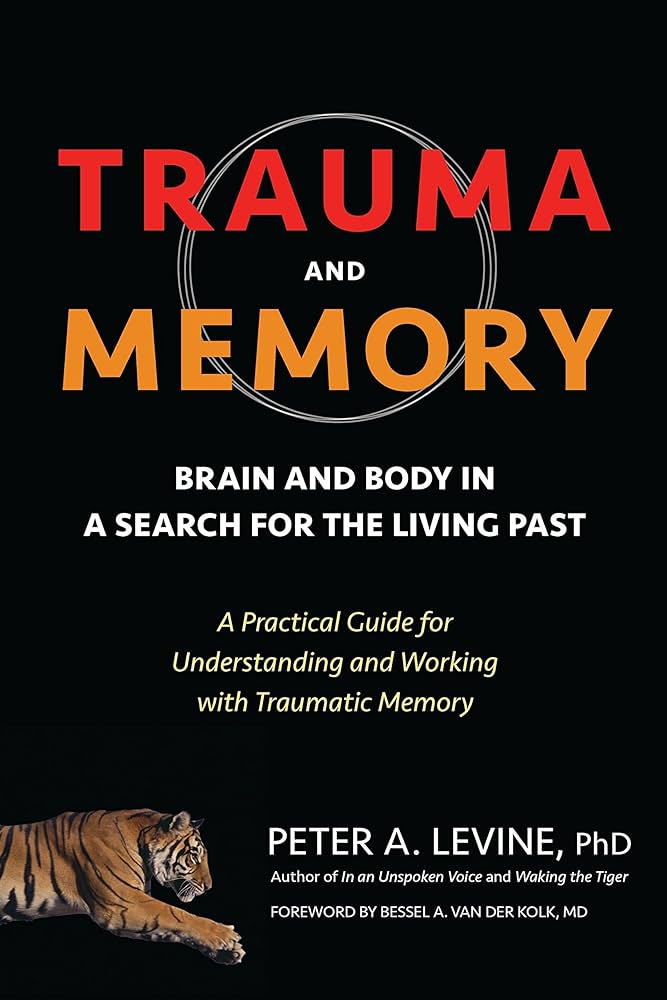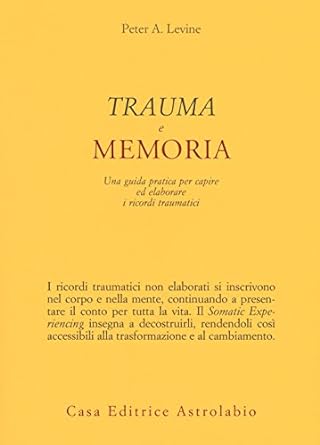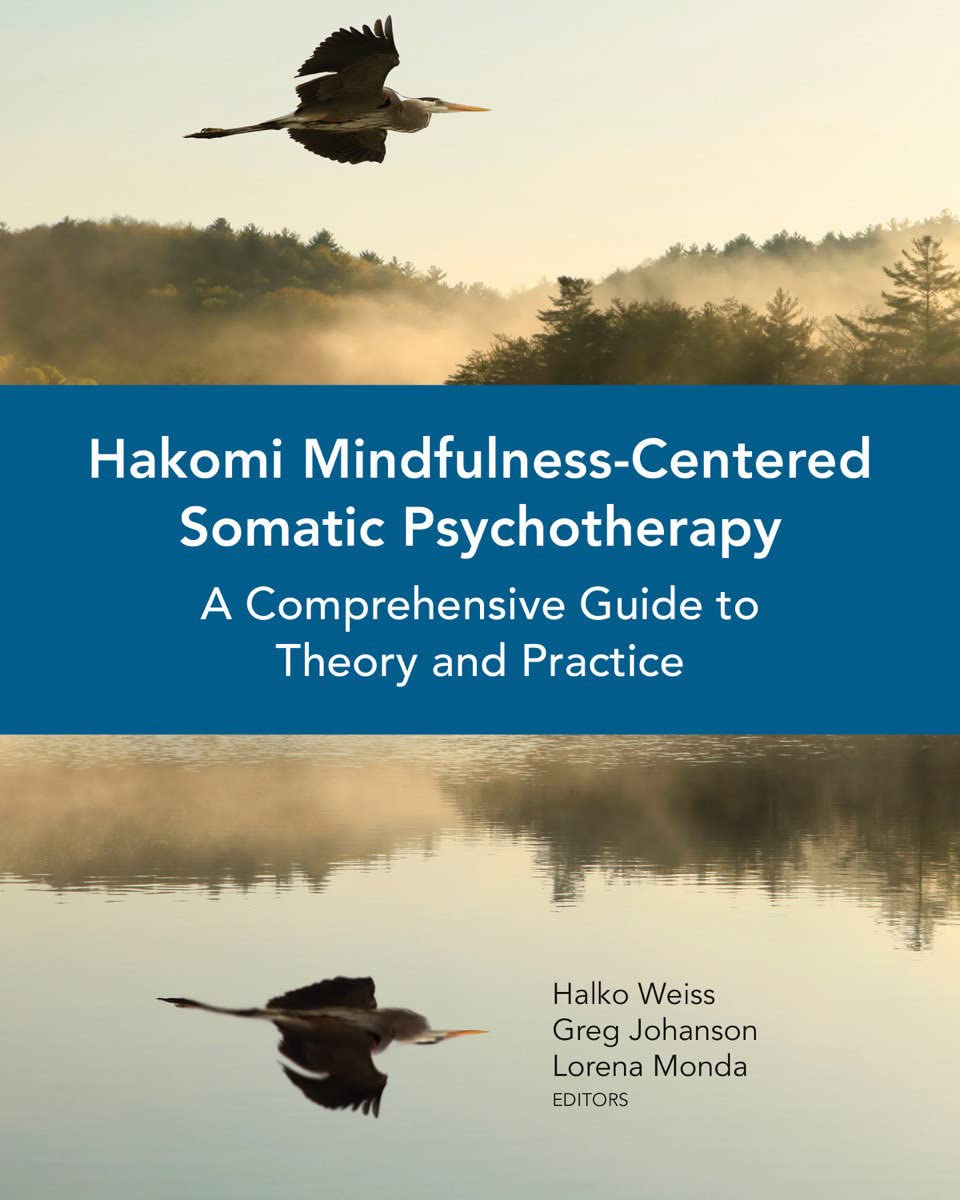

Written for therapists and clients to explore together in therapy, this book is a practical guide to the language of the body. It begins with a section that orients therapists and clients to the volume and how to use it, followed by an overview of the role of the brain and the use of mindfulness. The last three sections are organized according to a phase approach to therapy, focusing first on developing personal resources, particularly somatic ones; second on utilizing a bottom-up, somatic approach to memory; and third on exploring the impact of attachment on procedural learning, emotional biases, and cognitive distortions. Each chapter is accompanied by a guide to help therapists apply the chapter’s teachings in clinical practice and by worksheets to help clients integrate the material on a personal level.


Waking the Tiger offers a new and hopeful vision of trauma. It views the human animal as a unique being, endowed with an instinctual capacity. It asks and answers an intriguing question: why are animals in the wild, though threatened routinely, rarely traumatized? By understanding the dynamics that make wild animals virtually immune to traumatic symptoms, the mystery of human trauma is revealed. Waking the Tiger normalizes the symptoms of trauma and the steps needed to heal them. People are often traumatized by seemingly ordinary experiences. The reader is taken on a guided tour of the subtle, yet powerful impulses that govern our responses to overwhelming life events. To do this, it employs a series of exercises that help us focus on bodily sensations. Through heightened awareness of these sensations trauma can be healed.


In Trauma and Memory, bestselling author Dr. Peter Levine (creator of the Somatic Experiencing approach) tackles one of the most difficult and controversial questions of PTSD/trauma therapy: Can we trust our memories? While some argue that traumatic memories are unreliable and not useful, others insist that we absolutely must rely on memory to make sense of past experience. Building on his 45 years of successful treatment of trauma and utilizing case studies from his own practice, Dr. Levine suggests that there are elements of truth in both camps. While acknowledging that memory can be trusted, he argues that the only truly useful memories are those that might initially seem to be the least reliable: memories stored in the body and not necessarily accessible by our conscious mind.


Il passato è la base del futuro e la memoria è il fondamento dell’identità. La funzione selettiva dei ricordi permette di compiere scelte coerenti nel presente, evitando di ripetere le risposte dannose e orientandosi verso un futuro più efficace. Ma accanto ai ricordi ‘normali’, buoni o cattivi che siano, tutti ci portiamo dentro in maggiore o minore misura un certo numero di ricordi traumatici, che si distinguono per la loro staticità e fissità. Sono tracce incise profondamente nel cervello, nel corpo e nella psiche da esperienze violente o travolgenti, che non mutano e non si aggiornano col passare del tempo. I ricordi traumatici ricompaiono come schegge impazzite nel bel mezzo della vita, soffocando l’energia vitale, nel sonno o nella veglia. Nell’ottica del somatic experiencing, il metodo con cui l’autore porta avanti da decenni il lavoro sui sintomi post-traumatici, il trauma non è una malattia, ma una risposta fisiologica a una situazione dolorosa o minacciosa dalla quale non c’è via di uscita: l’organismo reagisce con l’impotenza e la paralisi, e all’interno dell’individuo si inscrive quel ricordo traumatico non elaborato che continuerà a ripresentare il conto per il resto della vita. Diventa allora fondamentale, per lavorare sui sintomi del trauma, comprendere in che modo la memoria e i ricordi interagiscano con il funzionamento della psiche e del corpo. È nella memoria procedurale che Levine situa le tracce mnestiche inscritte dal trauma, ed è a quel livello di memoria che è necessario accedere per rinegoziare ed elaborare il trauma. Cruciale è il modo in cui i ricordi traumatici rimangono ancorati alle sensazioni fisiche e agli schemi motori: il somatic experiencing utilizza gli strumenti del movimento, della respirazione e dell’interazione per guidare il paziente a entrare in contatto in maniera graduale con le tracce traumatiche e imparare a gestirne le manifestazioni.
Molti pazienti trattati con la terapia dialettico-comportamentale soffrono di disturbo da stress post-traumatico (PTSD), ma finora mancava un protocollo ufficiale e collaudato per stabilire esattamente quando e come affrontare il trauma nel corso della DBT. Progettato per soddisfare le necessità di pazienti ad alto rischio e con gravi problemi, questo protocollo innovativo sfrutta la forza di due terapie leader basate sull’evidenza scientifica, integrando la DBT con una versione adattata della terapia di esposizione prolungata (PE) per il PTSD. In questo manuale, Melanie Harned mostra come mettere in atto il protocollo DBT PE con pazienti che hanno raggiunto la sicurezza e la stabilità necessarie per impegnarsi in una terapia centrata sul trauma. Il libro offre linee guida per le singole sedute, molti esempi di casi, suggerimenti clinici e trentacinque schede riproducibili che possono essere scaricate e stampate a uso di clienti e terapeuti nell’ambito del trattamento.


Hakomi is an integrative method that combines Western psychology and body-centered techniques with mindfulnessprinciples from Eastern psychology. This book, written and edited by members of the Hakomi Institute—the world’s leading professional training program for Hakomi practitioners—and by practitioners and teachers from across the globe, introduces all the processes and practices thattherapists need in order to begin to use this method with clients. The authors detail Hakomi’s unique integration of body psychotherapy, mindfulness, and the Eastern philosophical principle of non-violence, grounding leading-edge therapeutic technique in an attentiveness to the whole person and their capacity for transformation
- Precedente
- Pagina 1
- …
- Pagina 4
- Pagina 5
- Pagina 6
- Pagina 7
